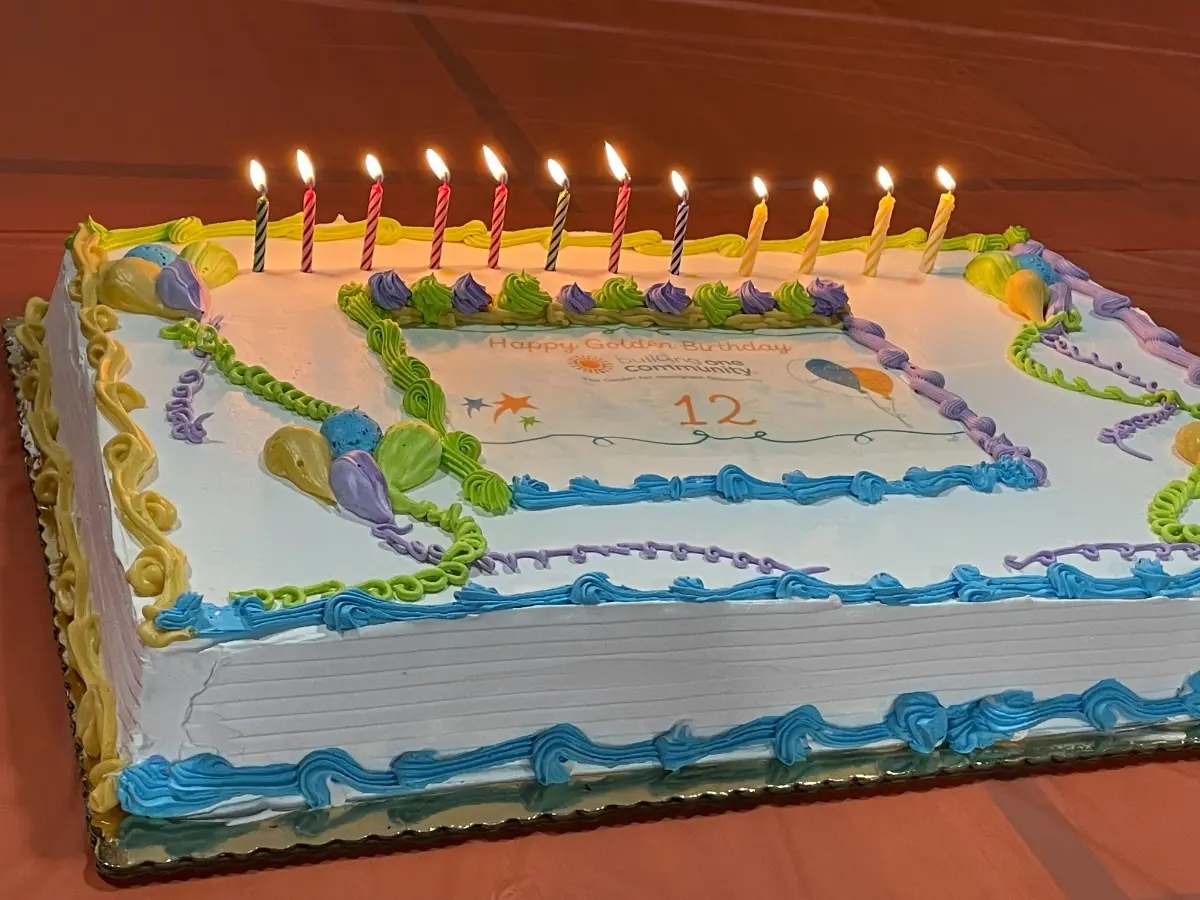In a world characterized by rapid change and often stark individualism, the Bahá’í teachings resonate with a clarion call for community building, lending credence to the idea that positive transformation occurs not only through grand gestures but through everyday actions—one door at a time. This notion provokes a thought-provoking question: How can such a simple act, like opening a door, embody the profound essence of spiritual connection and community development? To explore this concept is to embark on an exploration of the principles inherent in the Bahá’í Faith, particularly the emphasis on service, unity, and the importance of fostering relationships.
At the nucleus of Bahá’í teachings is the imperative of servitude to humanity. This tenet lays the foundation for understanding that community building entails a commitment to others, an art form that flourishes through the cultivation of bonds that transcend superficial interactions. This principle introduces a challenge: in a milieu where genuine connection sometimes falters, how does one begin to nurture an authentic sense of belonging? The answer lies in intentionality—practicing acts of service that open the gateway to collective growth.
Consider the idea of “opening your door.” This act can serve as a metaphor for hospitality. It will be beneficial to explore how hospitality encapsulates Bahá’í values. By inviting individuals into our lives, whether through sharing meals, offering support, or simply engaging in conversation, we create a labyrinth of connections that fortify the fabric of the community. When one door opens, others often follow, leading to an expansive network of relationships interlinked through kindness and respect.
Yet, the challenge persists: how does one cultivate the bravery necessary to step beyond their comfort zones and reach out? The teachings of Bahá’u’lláh advocate for the development of the human spirit through courageous action and genuine acts of empathy. While the fear of rejection or the anxiety of the unknown may inhibit some individuals, it is crucial to recognize that vulnerability is an intrinsic part of fostering robust community ties. Identifying shared challenges can guide individuals in overcoming trepidation—often, the realization that others are equally eager for connection catalyzes the journey toward building a harmonious community.
Bahá’í teachings further illuminate the essence of unity in diversity. In an increasingly polarized society, the Bahá’í perspective underscores the richness that diverse backgrounds bring to a community. Rather than adhering to a monolithic approach, individuals are encouraged to celebrate differences while understanding that the essence of humanity is intertwined. Imagine the possibilities if we were to open doors not just to our friends and family, but to those from radically different cultures or beliefs. What insights, what transformations could arise? This invites a challenge: fostering an environment where inclusion is the norm rather than the exception requires persistent, conscious effort.
As one seeks to build communities that embody these principles, it becomes necessary to establish spaces for dialogue. The Bahá’í model fosters discussions that not only allow for the expression of varying viewpoints but also emphasize collective learning. Creating forums—be it community gatherings or informal meet-ups—is a way to embody this principle. These gatherings offer sanctuary for honest conversations, promoting understanding and patience amidst differing perspectives. In this way, the doors we open lead to sanctuaries where the human spirit can interact freely, enabling personal and communal evolution.
The act of opening doors is multifaceted; it involves not only physical doors but metaphorical ones that lead to the realms of understanding and compassion. As communities strive toward the ideal of unity, it is paramount to mitigate the barriers that inhibit connection. A persistent challenge lies in confronting biases and implicit barriers that individuals may harbor. The Bahá’í teachings assert that prejudice is a fissure that disrupts the integrity of community. Hence, putting forth the effort to examine one’s own beliefs and attitudes is critical. Only by dismantling these subconscious barriers can a more profound and genuine community emerge, wherein each person feels celebrated and valued.
Furthermore, the Bahá’í concept of collective transformation reinforces the idea that building a community is not merely an analysis of numbers or demographics but involves molding a shared identity founded on common values and aspirations. This contemplation extends to the stewardship of collective resources, emphasizing sustainability and mutual responsibility. One might ponder: if we were to treat our local community as a microcosm of a global family, how might that perspective alter our approach to its needs? This invites an undeniable challenge: to approach communal issues with a view that extends beyond self-interest, ever striving for a holistic and sustainable vision.
Ultimately, the crux of the Bahá’í teachings urges us to embrace community building as an ongoing, participatory process. As we ponder the ways to open doors in our lives—be they literal or figurative—it is worthwhile to remember that every effort counts. While individual contributions may feel insignificant at times, they collectively shape the community’s landscape. Each act of kindness, every door opened, serves to reaffirm our commitment to the principles of love, unity, and service taught by Bahá’u’lláh.
The inquiry remains: how will you contribute to this vision of community, one door at a time? Will you rise to the challenge and become an architect of change, ensuring that the doors you open lead not just to your heart but also to the hearts of others? The journey to build a vibrant community demands resilience, reflection, and a steadfast commitment to the principles of our shared humanity. In this tapestry of diverse lives, every door opened symbolizes an opportunity for connection, understanding, and ultimately, transformation.
